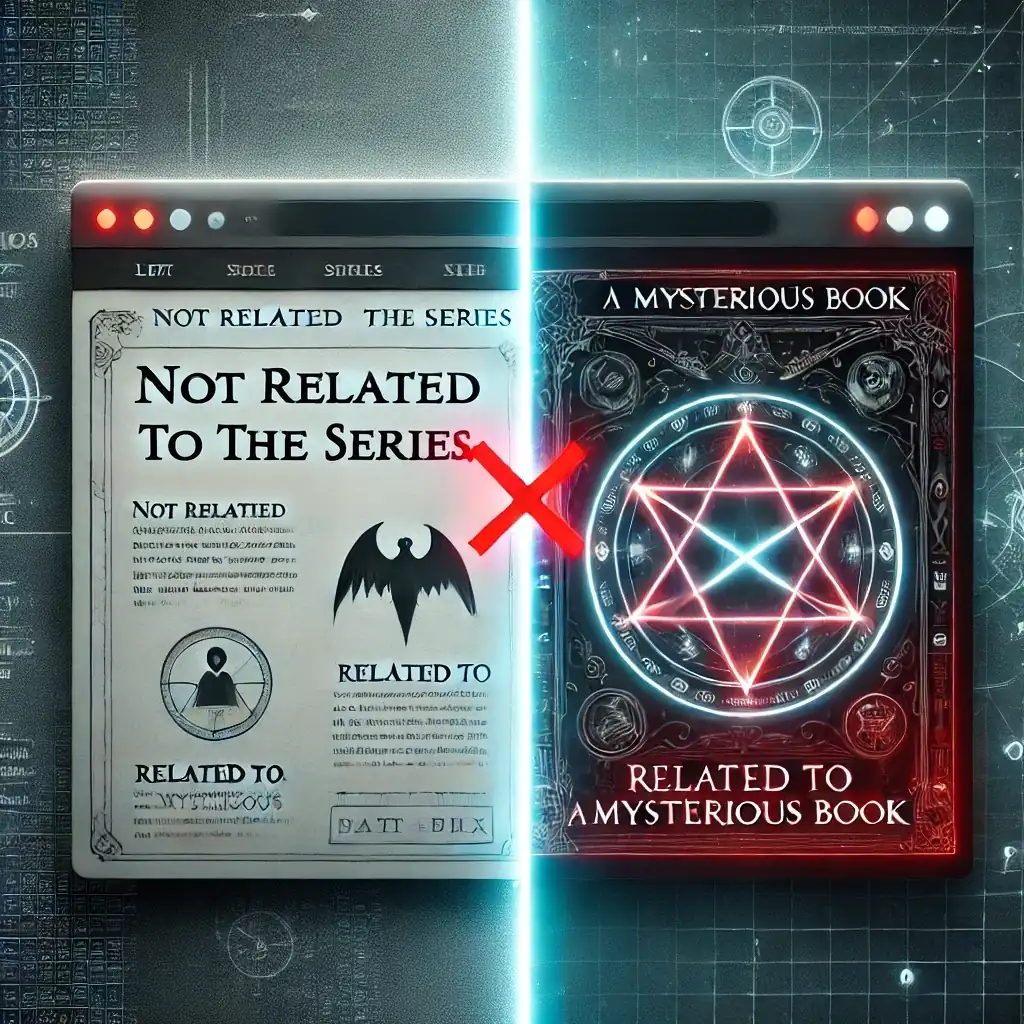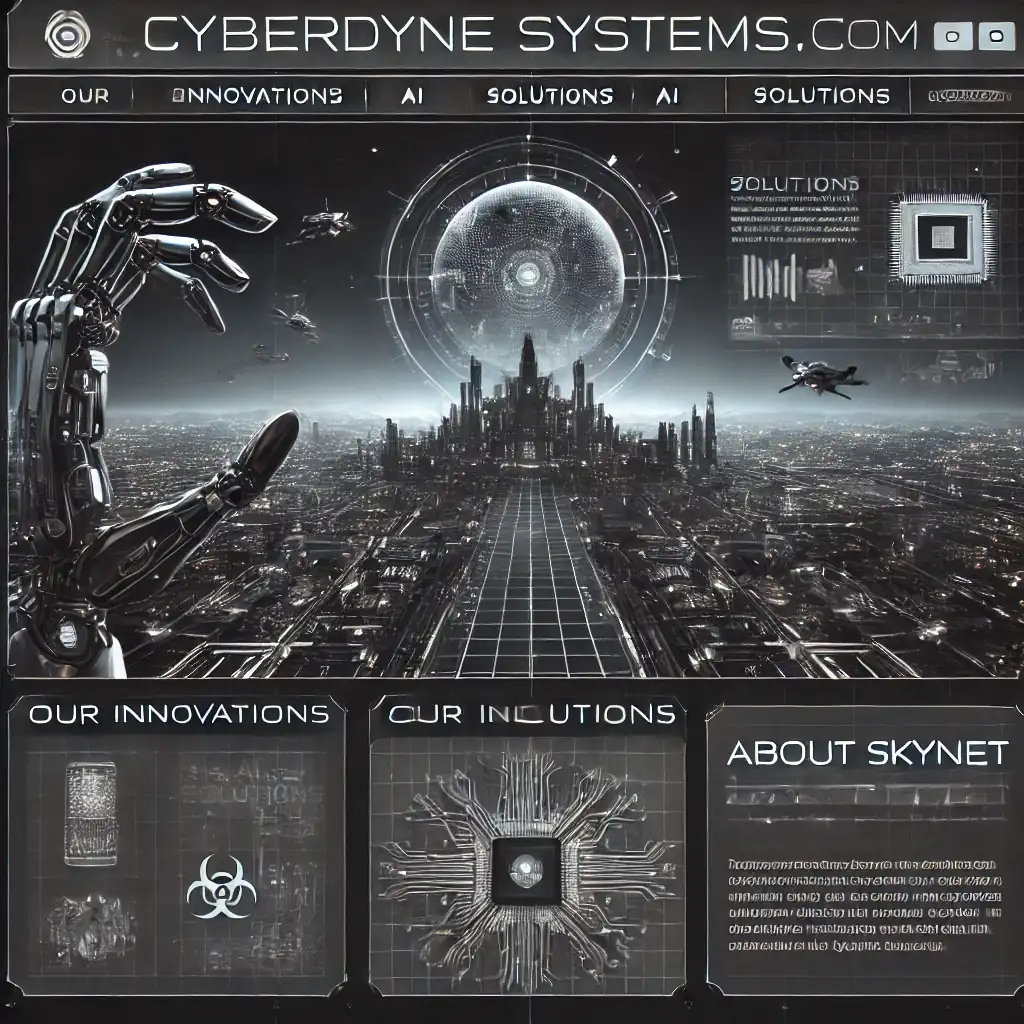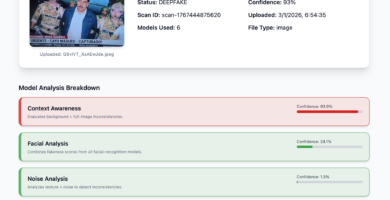
This isn’t a website dotcom.com and to be clear “notawebsite.com is not related to Gravity Falls”: This means that the website “notawebsite.com” has no connection or relevance to the show Gravity Falls. It might be a website that someone could mistakenly think is linked to the show, but in fact, it is not.
“thisisnotawebsitedotcom.com is related to Gravity Falls through the Book of Bill”: This indicates that the website “thisisnotawebsitedotcom.com” does have a connection to Gravity Falls, specifically through something referred to as the “Book of Bill.” In the context of the show, “Bill” likely refers to Bill Cipher, a significant character in Gravity Falls, and the “Book of Bill” might be an element or reference within the show that ties the website to the show’s lore.
The first website has no connection to Gravity Falls, while the second one is connected through a specific aspect of the show’s storyline or mythology.
Comment
byu/Time-Dependent515 from discussion
ingravityfalls
The technical reasons

Also, the reason why a site like “dotcom.com” does not exist has to do with how domain names are structured and regulated. Here are the key points:
1. Domain Name Structure
- Top-Level Domain (TLD): In the domain name “example.com,” “.com” is the Top-Level Domain (TLD). TLDs are the highest level in the hierarchical Domain Name System (DNS) structure.
- Second-Level Domain (SLD): The part before the TLD, in this case, “example,” is called the Second-Level Domain. This is the name that identifies the website, and it is unique under that particular TLD.
- In “dotcom.com,” “dotcom” would be the SLD, and “.com” would be the TLD.
2. Regulation and Availability
- ICANN: The Internet Corporation for Assigned Names and Numbers (ICANN) oversees the global domain name system, including TLDs and their management. ICANN or delegated entities manage the allocation and registration of domain names.
- Domain Registrars: These are companies authorized to sell domain names. When someone wants to register a domain like “dotcom.com,” they must go through a registrar.
3. “dotcom.com” Specifics
- Availability: It is possible that the domain name “dotcom.com” was already registered in the past or is currently registered by someone, but the site is not actively in use or never developed.
- Usefulness: Most domain names are chosen for their relevance to the content or business they represent. “dotcom.com” might not be considered a useful or marketable name because it is redundant and confusing—”dotcom” is a common term used to refer to any “.com” website.
- Cultural or Business Reasons: There might also be a lack of interest in using such a name because it’s generic, and users might associate it with spam, phishing, or other undesirable content.
4. Confusion and Redundancy
- Redundancy: The term “dotcom” itself refers to websites with a “.com” TLD. Creating a website with “dotcom.com” as the domain name might seem redundant and potentially confusing to users.
- Branding Issues: From a branding perspective, such a domain might not be attractive because it doesn’t convey a specific message or identity.
5. Possible Misuse or Legal Issues
- Trademark Concerns: If “dotcom” were associated with a trademark, using it as a domain name might lead to legal disputes.
- Potential for Misuse: Domains that are overly generic, like “dotcom.com,” could be used inappropriately, leading to their being blocked or avoided by users and search engines.
In summary, while it’s technically possible for a domain like “dotcom.com” to exist, it likely does not because of redundancy, lack of marketability, potential for confusion, and possibly because it has been registered but not developed or maintained.
Common domains
Here’s a list of some common fictional or placeholder websites that are frequently used in manuals, documentation, and tutorials but do not exist as active, real-world websites:
1. example.com, example.net, example.org
- Purpose: These domains are reserved by IANA (Internet Assigned Numbers Authority) for use in documentation or educational examples to avoid confusion with actual domain names. They serve as placeholders in URLs for examples and are not intended to host real websites.
2. foobar.com
- Purpose: “Foobar” is a term often used in programming and technical documentation as a placeholder for something unspecified or to represent arbitrary variables. The domain “foobar.com” often appears in examples for similar reasons.
3. exampledomain.com
- Purpose: This is another generic domain used in examples and documentation. It’s not intended to be an actual, functioning website but rather a placeholder.
4. fakedomain.com
- Purpose: Frequently used in educational materials and demonstrations, “fakedomain.com” serves as a stand-in for an actual domain to demonstrate how domain names or URLs work without directing users to a real site.
5. nonsite.com
- Purpose: This is a fictional domain used in technical writing or tutorials as a placeholder, indicating that the site does not exist or that it’s used purely for instructional purposes.
6. test.com, test.net, test.org
- Purpose: These domains are commonly used in testing environments and documentation. They are real domains but are typically not used for active websites; instead, they are used in testing scenarios or as placeholders in examples.
7. invalid.com
- Purpose: Used to signify an invalid or non-existent domain, “invalid.com” is often used in documentation to illustrate scenarios where a domain or URL might be incorrectly formatted or non-functional.
8. mywebsite.com
- Purpose: This is a generic, fictional domain name used in tutorials and manuals to represent a personal or business website. It serves as a placeholder in examples showing how to set up or configure a website.
These domains are crafted specifically to avoid any association with real-world sites, thereby preventing confusion or unintended consequences when used in educational materials, code examples, or testing scenarios. They allow developers and writers to provide clear examples without inadvertently referencing or affecting live websites.
Fictional domains

Many films and TV series feature fictional or placeholder domain names and websites that do not exist in reality. These domains are often created specifically for the show or film to avoid conflicts with real companies and to enhance the storytelling. Here’s a list of some popular fictional domains from films and TV series:
1. DunderMifflin.com
- Show: The Office (U.S.)
- Details: Dunder Mifflin is the fictional paper company where the characters work. While a version of this site was created for promotional purposes, the actual domain does not host a real paper company.
2. OscorpIndustries.com
- Film: Spider-Man series
- Details: Oscorp is the fictional multinational corporation in the Spider-Man universe, primarily owned by Norman Osborn. The domain is sometimes used for promotional content but does not represent a real company.
3. BuyNBlarge.com
- Film: WALL-E
- Details: Buy n Large (BnL) is a fictional megacorporation in the Pixar universe, prominently featured in WALL-E. The domain reflects the massive, consumer-driven culture depicted in the film but doesn’t exist in reality.
4. InGen.com
- Film: Jurassic Park series
- Details: InGen (International Genetic Technologies) is the fictional company responsible for cloning dinosaurs. The domain has been used for promotional purposes but does not represent a real biotech firm.
5. CyberdyneSystems.com
- Film: Terminator series
- Details: Cyberdyne Systems is the fictional company that creates Skynet, the AI that becomes self-aware and leads to a dystopian future. The domain is used for promotional purposes and does not belong to an actual company.
6. VeidtEnterprises.com
- Film/Comic: Watchmen
- Details: Veidt Enterprises is the corporation owned by Adrian Veidt (Ozymandias) in the Watchmen universe. The domain was created for promotional activities but does not exist as a real-world entity.
7. PiedPiper.com
- Show: Silicon Valley
- Details: Pied Piper is the fictional startup company in the tech-focused comedy series Silicon Valley. The domain was part of a promotional effort, but Pied Piper as depicted in the show does not exist in reality.
8. Oceanic-Air.com
- Show: Lost
- Details: Oceanic Airlines is the fictional airline whose flight crashes, stranding the characters on a mysterious island. The website was created as part of a viral marketing campaign but does not belong to an actual airline.
9. Acme.com
- Show: Looney Tunes (and many other Warner Bros. productions)
- Details: Acme Corporation is a fictional company that provides various absurd and often malfunctioning products, particularly in cartoons featuring Wile E. Coyote and the Road Runner. The domain has been used for humor, but Acme as depicted does not exist.
10. MonstersInc.com
- Film: Monsters, Inc.
- Details: Monsters, Inc. is the fictional company where monsters work to generate power by scaring children. While the domain was used for promotional content, it is not an actual functioning company.
Purpose of fictional domains
These domains are typically used to add realism to the fictional worlds depicted in films and TV series. They sometimes exist as part of marketing campaigns but do not represent actual companies or organizations in the real world.
- Non-Existent Generic Sites: Domains like “dotcom.com” often don’t exist due to redundancy, confusion, and lack of marketability. Sites like “example.com” are reserved for documentation and educational purposes, ensuring they don’t interfere with real-world websites.
- Common Fictional Domains in Documentation: Domains such as “foobar.com,” “test.com,” and “invalid.com” are often used in manuals and tutorials as placeholders to avoid pointing to real websites. These domains are not meant to function as actual sites.
- Fictional Domains in Films and TV: Popular fictional domains like “DunderMifflin.com” (The Office), “OscorpIndustries.com” (Spider-Man), and “CyberdyneSystems.com” (Terminator) are created for storytelling purposes. These domains either don’t exist or are used for promotional content rather than functioning as real websites.
These fictional domains serve various purposes, from placeholders in technical documentation to enriching the narrative of films and TV series. They are crafted to avoid conflicts with real-world entities while enhancing the story or example being presented.
Here’s a table summarizing the sources used to provide the information:
| Topic | Source |
|---|---|
| Non-Existent Generic Sites (e.g., example.com) | Rhonda Bracey Blog: Fake names for documentation |
| Common Fictional Domains in Documentation | Wikipedia: Lists of websites |
| Fictional Domains in Films and TV | I’m a Writer Blog: Common fictional domains in media |

Trump confirma captura de Maduro en conferencia desde Mar-a-Lago

Imagen oficial confirma captura de Maduro: publicada por Trump, replicada por la Casa Blanca y validada como auténtica

Deeptrack Gotham: imagen de Maduro con uniforme es auténtica según análisis

Nueva imagen de Maduro capturado también presenta signos de manipulación digital

Corina Machado: “Esta es la hora de los ciudadanos”

Habrá que hacer algo con México: Trump tras ataque en Venezuela

Maduro rumbo a Nueva York y Delcy en Moscú: lo que se sabe hasta ahora

Imagen de la captura de Maduro: análisis preliminar sugiere posible manipulación digital

Ataque a Venezuela: cronología de la captura de Maduro en 2026

Estrategias inteligentes para apostar en la Primera División de Chile



